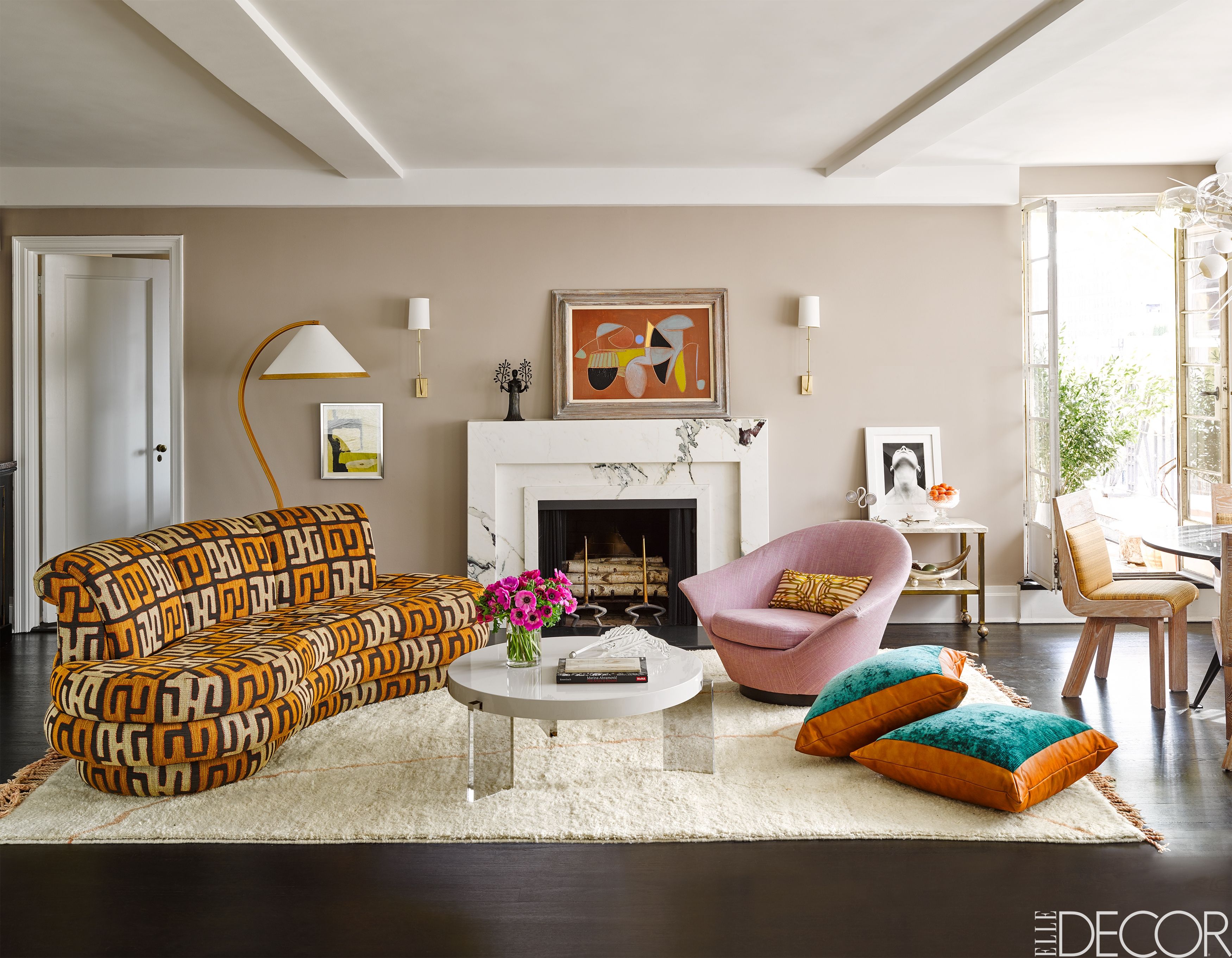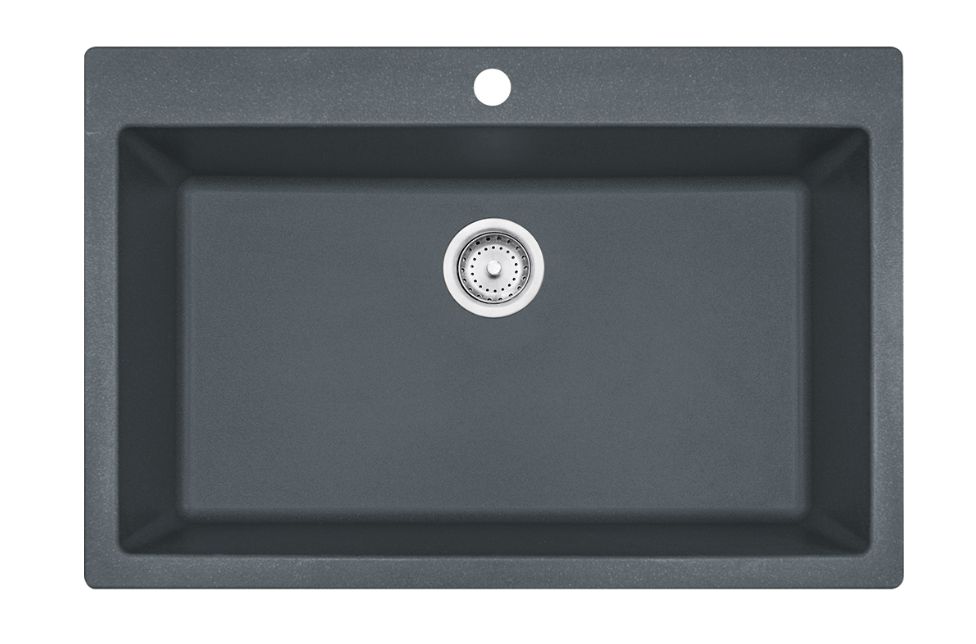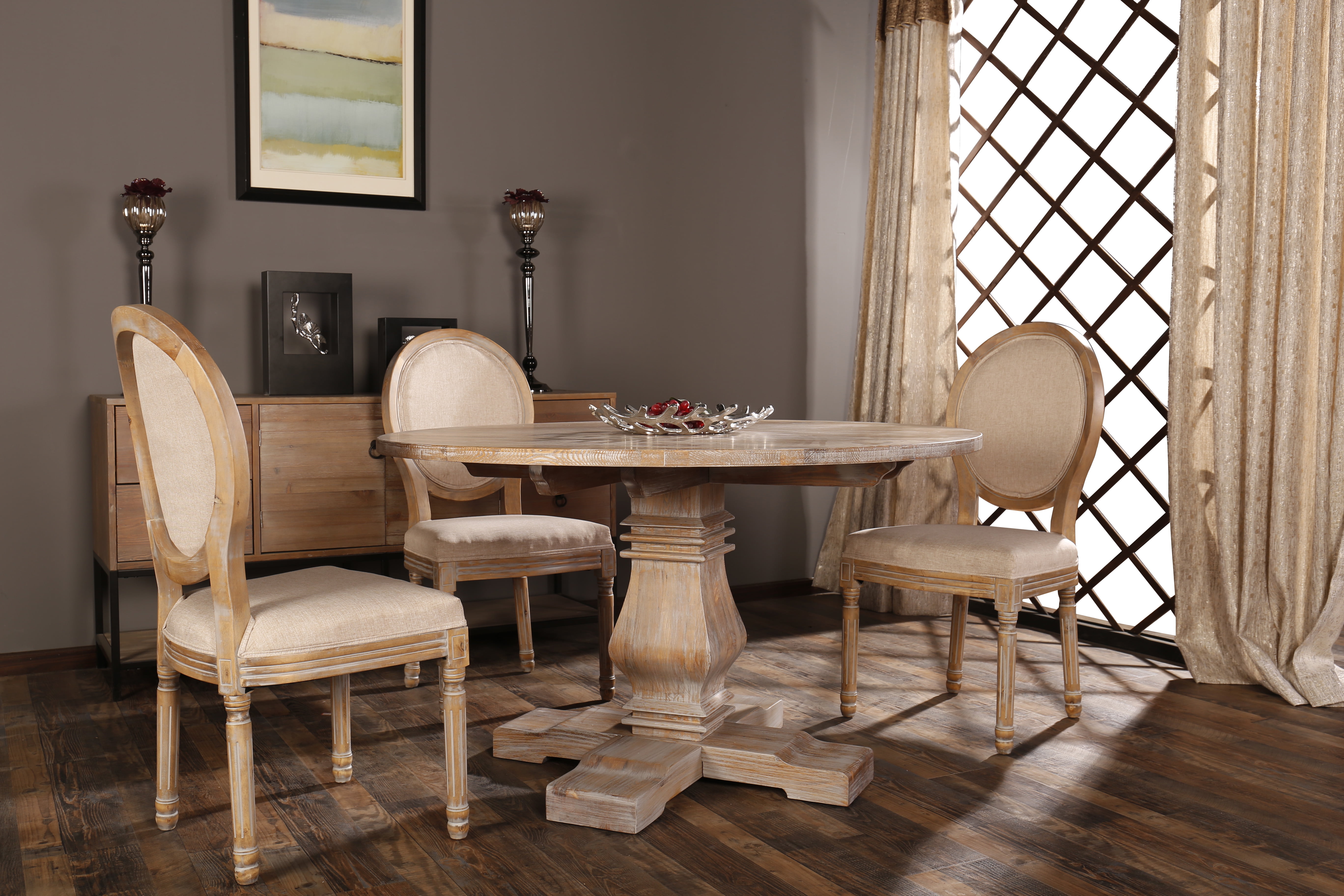Mixing Rugs in Living Room: Tips and Tricks
Rugs are an essential element in any living room. They add warmth, texture, and personality to a space. But why settle for one rug when you can mix and match different styles and patterns? Mixing rugs in your living room is a great way to add depth and visual interest to your space. However, it can be tricky to get the right balance and create a cohesive look. In this article, we'll share our top tips and tricks for mixing rugs in your living room.
How to Mix and Match Rugs in Your Living Room
First, it's important to understand that there are no rules when it comes to mixing rugs in your living room. It's all about finding a balance and creating a look that works for your space. However, here are a few guidelines to help you get started.
1. Choose Complementary Colors
When mixing rugs, it's essential to choose colors that complement each other. This will create a cohesive look and tie the different rugs together. You can go for a monochromatic color scheme or mix different shades and tones for a more eclectic look. Just make sure that the colors work well together and don't clash.
2. Mix Patterns and Textures
Don't be afraid to mix different patterns and textures in your living room. This will add visual interest and create a dynamic space. For example, you can mix a geometric patterned rug with a more subtle textured rug. Just make sure that the patterns and textures don't compete with each other and that they complement each other well.
3. Consider the Size and Placement
When mixing rugs, it's important to consider the size and placement of each rug. The rugs should be in proportion to the size of your living room and shouldn't overwhelm the space. You can also experiment with layering rugs to create a more dynamic look. Just make sure that there is enough space for each rug to be fully visible.
Creative Ways to Mix Rugs in Your Living Room
Now that you have a few guidelines in mind, let's explore some creative ways to mix rugs in your living room.
1. Mix Different Sizes
One way to mix rugs is to use different sizes. For example, you can have a large rug as the base and layer a smaller rug on top. This will add depth and create a focal point in your living room. You can also mix different shapes, such as a round rug with a rectangular rug, for an unexpected touch.
2. Create a Color Story
Another way to mix rugs is to create a color story. This means choosing rugs with different patterns and textures but in the same color palette. For example, you can mix a striped rug with a floral rug, as long as they are both in shades of blue. This will create a cohesive look while still adding visual interest.
3. Mix Traditional and Modern
Mixing traditional and modern rugs is a great way to add contrast and create a unique look in your living room. For example, you can mix a traditional Persian rug with a more modern geometric rug. Just make sure that there is a common element, such as color or pattern, to tie the rugs together.
The Dos and Don'ts of Mixing Rugs in Your Living Room
While there are no strict rules when it comes to mixing rugs, there are a few dos and don'ts to keep in mind.
Do: Experiment with Different Styles
Mixing rugs is all about being creative, so don't be afraid to experiment with different styles. You can mix vintage rugs with contemporary ones or layer a shaggy rug with a flatweave rug. Just have fun with it and see what works for your space.
Don't: Go Overboard
While mixing rugs can add visual interest, too many rugs can make your living room feel cluttered and chaotic. Stick to two or three rugs at the most and make sure they complement each other.
Do: Consider Your Furniture Placement
When mixing rugs, it's important to consider the placement of your furniture. Make sure that the rugs are positioned in a way that allows all the furniture to be on a rug. This will create a cohesive look and prevent any awkward gaps.
Layering Rugs in Your Living Room: A Stylish Trend
Layering rugs is a popular trend in interior design, and for a good reason. It adds texture and depth to a space and creates a cozy atmosphere. Here are a few tips for layering rugs in your living room.
1. Choose a Base Rug
The first step in layering rugs is to choose a base rug. This should be a larger, neutral rug that will serve as the foundation for your other rugs. A sisal or jute rug is a great option for a base rug.
2. Layer a Smaller Rug on Top
Once you have your base rug, you can layer a smaller rug on top. This can be a contrasting color or pattern to add visual interest. Make sure that the smaller rug is centered on the larger rug and has enough space to be fully visible.
3. Add a Rug Runner
For an extra touch of style, you can also add a rug runner on top of your base rug. This will create a layered effect and add even more texture to your living room. Just make sure that the runner is in proportion to the size of your base rug.
Choosing the Right Size and Placement for Mixed Rugs in Your Living Room
As mentioned earlier, the size and placement of your mixed rugs are crucial to creating a balanced and cohesive look. Here are a few tips to help you choose the right size and placement for your rugs.
1. Consider the Shape of Your Living Room
The shape of your living room will play a significant role in determining the size and placement of your mixed rugs. For example, if you have a long, narrow living room, you may want to use a runner rug to create the illusion of a wider space. On the other hand, a square living room may benefit from a larger, square rug.
2. Make Sure All Furniture Legs are on the Rugs
When placing your mixed rugs, make sure that all the legs of your furniture are on the rugs. This will create a cohesive look and prevent any floating furniture. If your furniture is too large to fit entirely on a rug, make sure that at least the front legs are on the rug.
3. Leave Space Around the Rugs
Finally, it's essential to leave some space around your mixed rugs. This will create a visual break between the different rugs and prevent them from looking cluttered. As a general rule, aim for at least six inches of space between each rug.
Mixing Patterns and Textures in Your Living Room with Rugs
Mixing patterns and textures is key to creating a dynamic and visually appealing living room. Here are a few tips for incorporating different patterns and textures in your living room with mixed rugs.
1. Start with a Neutral Base
When mixing patterns and textures, it's best to start with a neutral base. This will prevent the space from feeling overwhelming and allow the different patterns and textures to stand out. A neutral rug, such as a sisal or jute rug, is a great starting point.
2. Mix Different Textures
Mixing different textures is a great way to add depth to your living room. For example, you can mix a shaggy rug with a flatweave rug or a plush rug with a more textured rug. Just make sure that the textures don't compete with each other and that they work well together.
3. Choose Patterns with a Common Element
When mixing patterns, it's essential to have a common element that ties the different patterns together. This could be a similar color, shape, or style. For example, you could mix a floral rug with a geometric rug, as long as they both have a similar color scheme.
Incorporating Different Colors in Your Living Room with Mixed Rugs
Adding different colors to your living room with mixed rugs is a great way to create a vibrant and inviting space. Here are a few tips for incorporating different colors in your living room with mixed rugs.
1. Add a Pop of Color
If your living room has a neutral color scheme, adding a pop of color with a mixed rug is a great way to liven up the space. You can choose a rug with a bold color or pattern to make a statement. Just make sure that the rug ties in with the other colors in your living room.
2. Mix Different Shades and Tones
Mixing different shades and tones of the same color is a great way to add depth and create a cohesive look. For example, you can mix a light blue rug with a navy blue rug for a subtle yet impactful contrast.
3. Use Color Blocking
Another way to incorporate different colors is to use color blocking with your mixed rugs. This means using two or more rugs in different colors and placing them side by side. This will create a bold and modern look in your living room.
How to Create a Cohesive Look with Mixed Rugs in Your Living Room
The key to successfully mixing rugs in your living room is to create a cohesive look. Here are a few tips to help you achieve this.
1. Choose a Unifying Element
Having a common element that ties the different rugs together is crucial to creating a cohesive look. This could be a color, pattern, or texture. For example, you could choose rugs with a similar color scheme or mix patterns that have a similar geometric shape.
2. Use the 60-30-10 Rule
The 60-30-10 rule is a popular interior design principle that helps create a balanced and cohesive look. It suggests using 60% of one dominant color, 30% of a secondary color, and 10% of an accent color. You can apply this rule when choosing your mixed rugs to create a harmonious look.
3. Don't Overthink It
Finally, don't overthink the process of mixing rugs in your living room. Have fun with it and trust your instincts. Sometimes the best combinations come from experimenting and trying new things.
The Benefits of Mixing Rugs in Your Living Room
Now that you have some tips and tricks for mixing rugs in your living room, let's discuss the benefits of this design trend.
1. Adds Visual Interest
Mixing rugs is an easy way to add visual interest and personality to your living room. It can make a space feel more dynamic and less cookie-cutter.
2. Allows for More Creativity
Mixing rugs gives you the freedom to be more creative with your living room design. You can experiment with different styles, patterns, and textures to create a unique and personalized space.
3. Easy to Change Up
One of the great things about mixing rugs is that it's easy to change up the look of your living room whenever you want. You can switch out one rug for another or rearrange them in a different way to give your space a fresh new look.
Mixing Rugs in the Living Room: A Creative Way to Elevate Your Home's Design

Why Mix Rugs in the Living Room?
 When designing a living room, the first thing that comes to mind is usually the furniture and the overall layout. However, one element that is often overlooked but can make a significant impact on the room's design is
rugs
. Not only do they add warmth and texture to a space, but they also have the power to tie a room together and make it feel cohesive. But why settle for just one rug when you can mix and match to create a truly unique and stylish living room?
When designing a living room, the first thing that comes to mind is usually the furniture and the overall layout. However, one element that is often overlooked but can make a significant impact on the room's design is
rugs
. Not only do they add warmth and texture to a space, but they also have the power to tie a room together and make it feel cohesive. But why settle for just one rug when you can mix and match to create a truly unique and stylish living room?
Creating a Cohesive Look
 Mixing rugs in the living room is a great way to add depth and dimension to the space. By combining different patterns, colors, and textures, you can create a
visually interesting
and
cohesive look
. For example, if your living room has a neutral color scheme, you can add a
bold, patterned rug
to make a statement. Then, you can layer a
solid-colored rug
on top to add texture and create a sense of balance. This technique works well for open-concept spaces where you want to define different areas without using walls or dividers.
Mixing rugs in the living room is a great way to add depth and dimension to the space. By combining different patterns, colors, and textures, you can create a
visually interesting
and
cohesive look
. For example, if your living room has a neutral color scheme, you can add a
bold, patterned rug
to make a statement. Then, you can layer a
solid-colored rug
on top to add texture and create a sense of balance. This technique works well for open-concept spaces where you want to define different areas without using walls or dividers.
Playing with Scale and Proportion
 Mixing rugs is also a great way to play with
scale and proportion
in your living room. If you have a large living room, using multiple rugs can help break up the space and make it feel more intimate. On the other hand, if your living room is on the smaller side, using a
large rug
as the base and layering a
smaller rug
on top can create the illusion of a bigger space. By
experimenting with different sizes and shapes
, you can achieve a well-balanced and visually appealing living room design.
Mixing rugs is also a great way to play with
scale and proportion
in your living room. If you have a large living room, using multiple rugs can help break up the space and make it feel more intimate. On the other hand, if your living room is on the smaller side, using a
large rug
as the base and layering a
smaller rug
on top can create the illusion of a bigger space. By
experimenting with different sizes and shapes
, you can achieve a well-balanced and visually appealing living room design.
Adding Personality and Character
 Mixing rugs in the living room is also a perfect opportunity to
add personality and character
to your space. You can mix different styles, such as a
traditional rug
with a
modern one
, to create an eclectic and unique look. You can also
incorporate rugs from different cultures
to add a global and well-traveled feel to your living room. The possibilities are endless, and by mixing and matching rugs, you can truly make your living room reflect your personal style and taste.
In conclusion,
mixing rugs in the living room
is a creative and effective way to elevate your home's design. By combining different rugs, you can create a
cohesive look
, play with
scale and proportion
, and add
personality and character
to your space. So the next time you're designing your living room, don't forget to consider adding multiple rugs for a unique and stylish touch.
Mixing rugs in the living room is also a perfect opportunity to
add personality and character
to your space. You can mix different styles, such as a
traditional rug
with a
modern one
, to create an eclectic and unique look. You can also
incorporate rugs from different cultures
to add a global and well-traveled feel to your living room. The possibilities are endless, and by mixing and matching rugs, you can truly make your living room reflect your personal style and taste.
In conclusion,
mixing rugs in the living room
is a creative and effective way to elevate your home's design. By combining different rugs, you can create a
cohesive look
, play with
scale and proportion
, and add
personality and character
to your space. So the next time you're designing your living room, don't forget to consider adding multiple rugs for a unique and stylish touch.


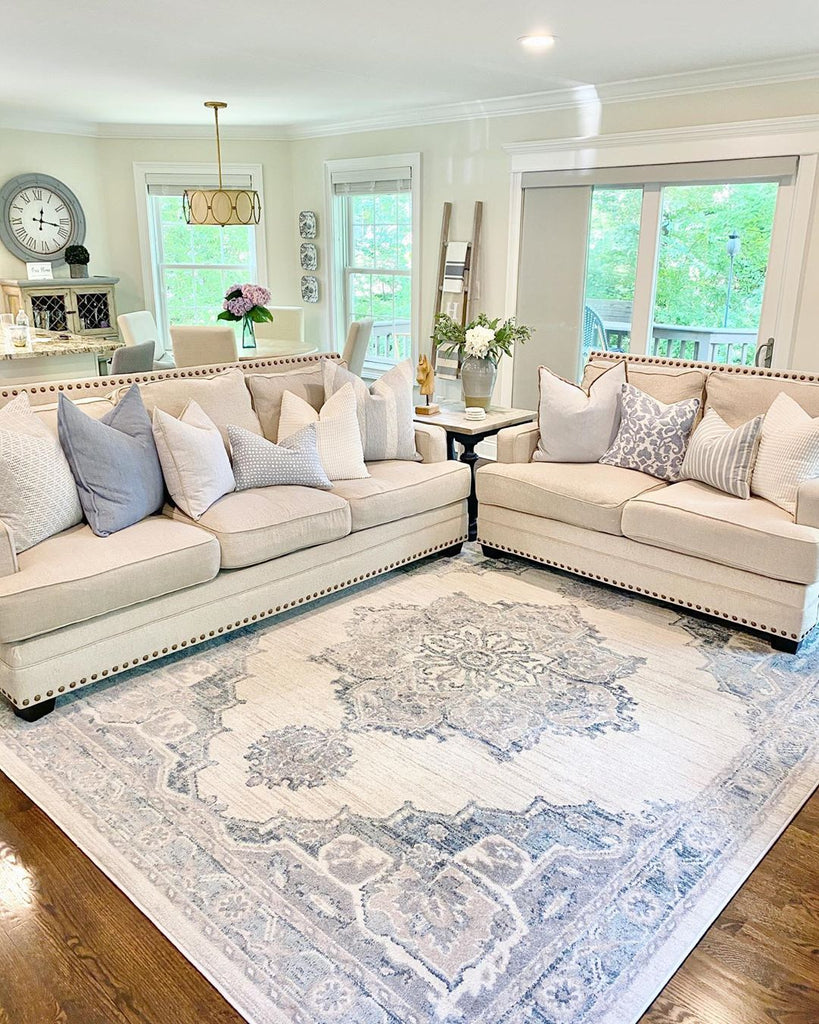




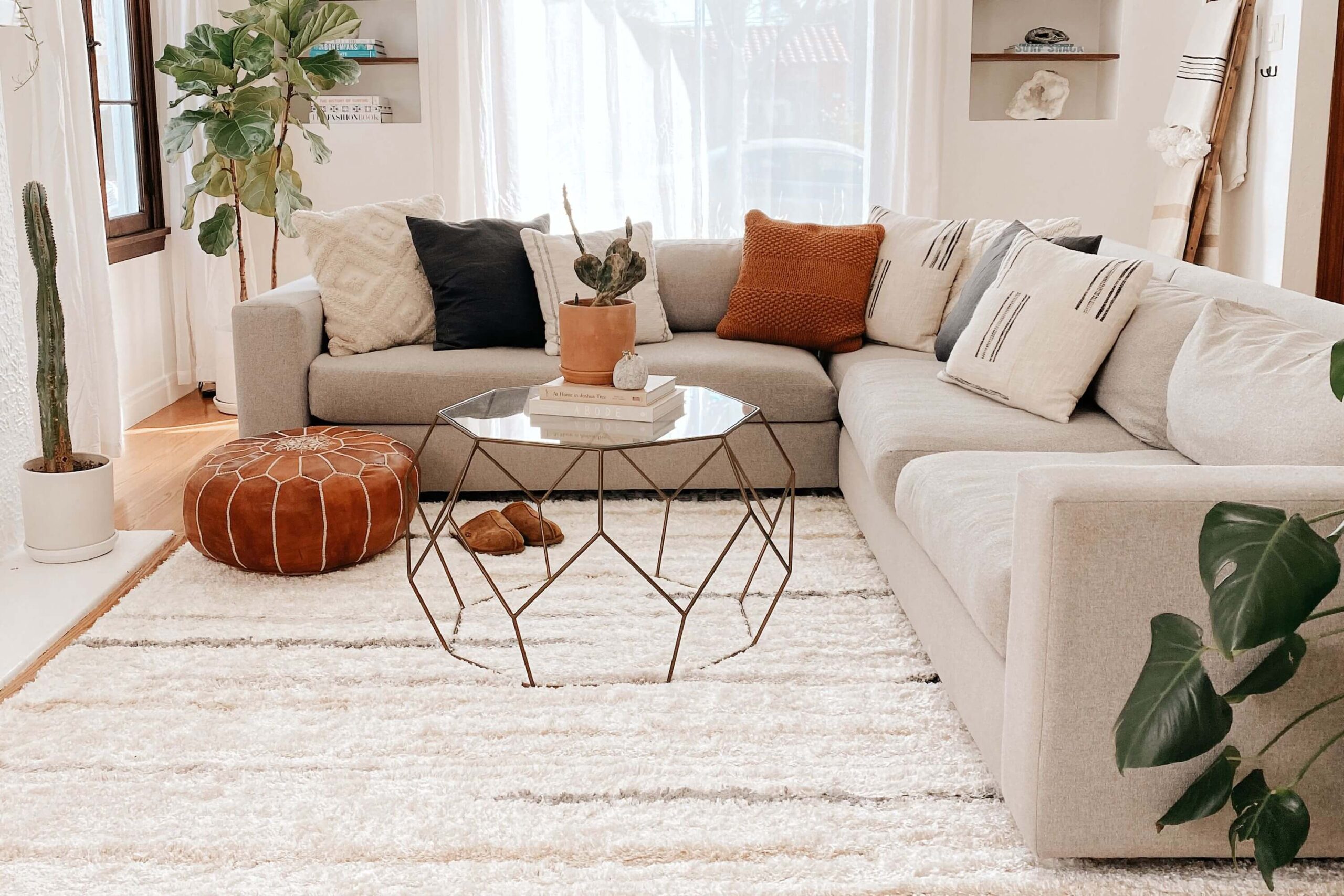
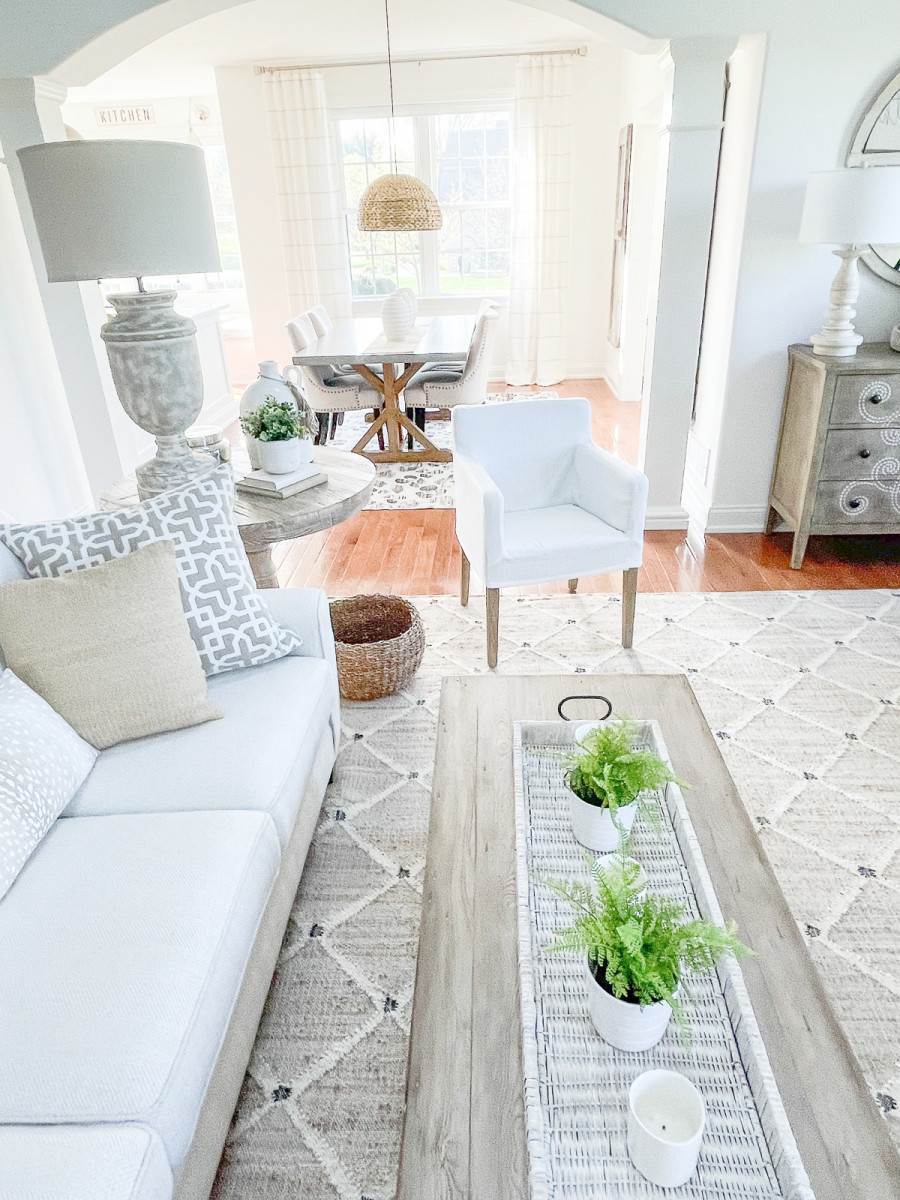
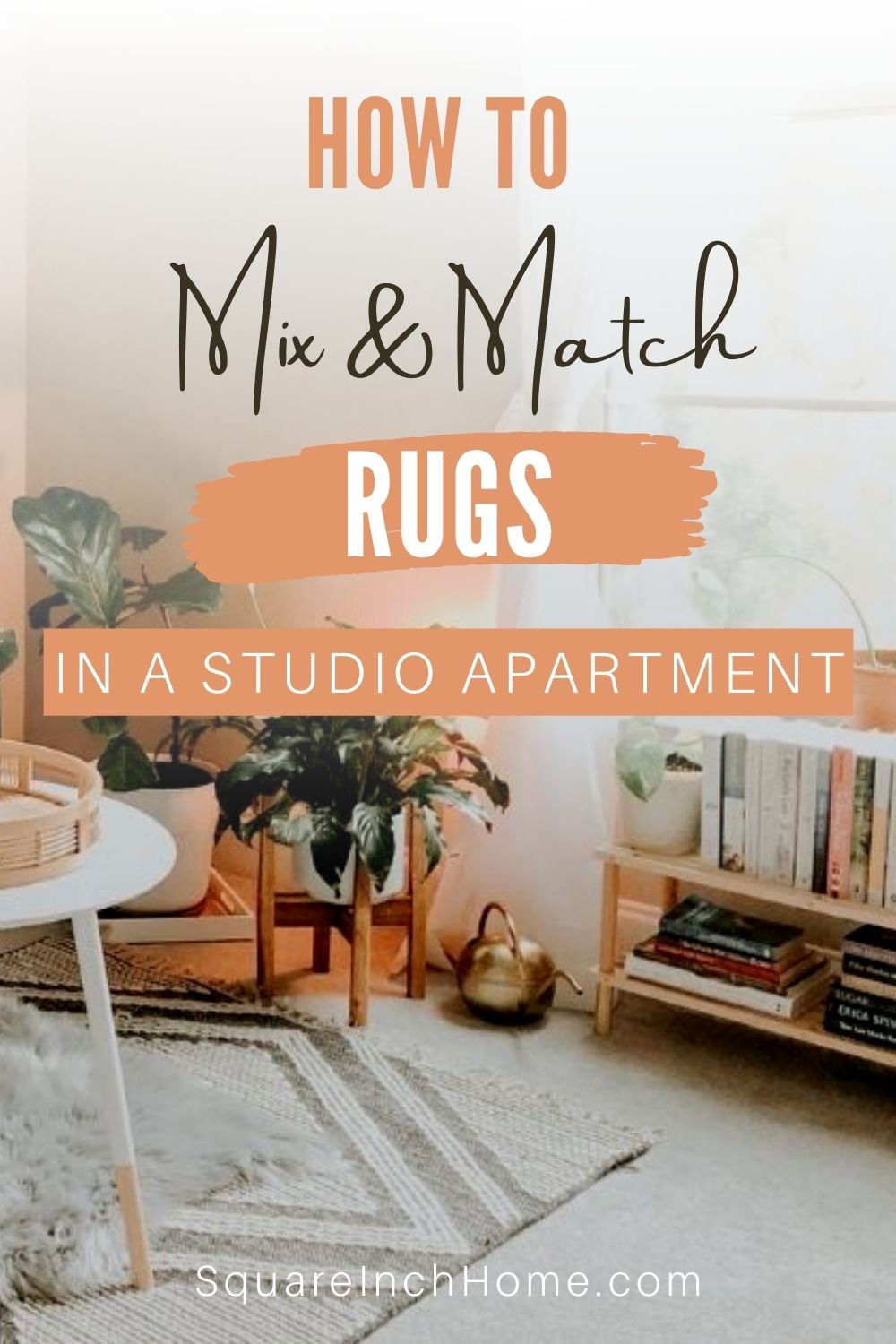

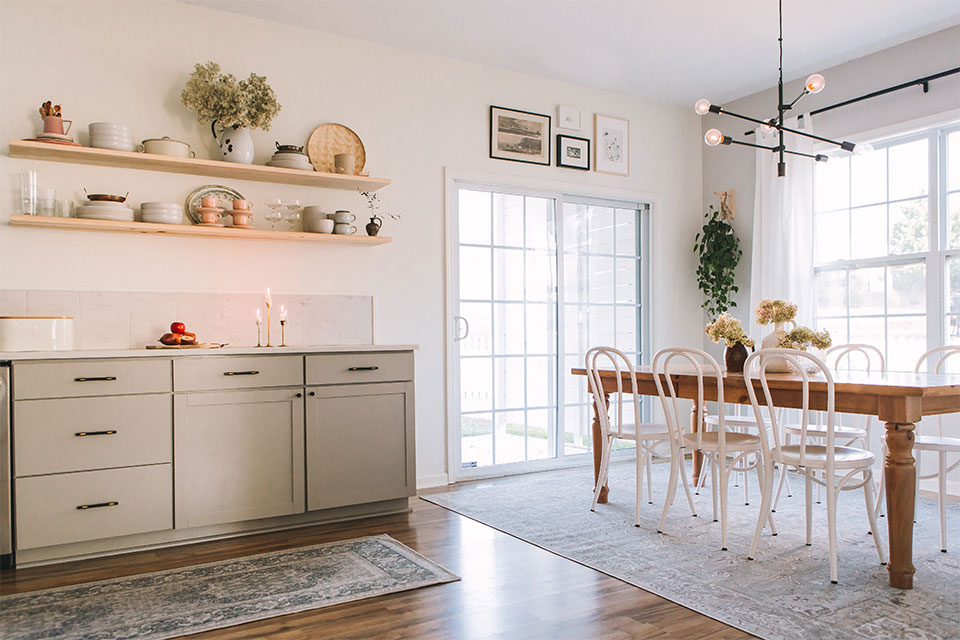


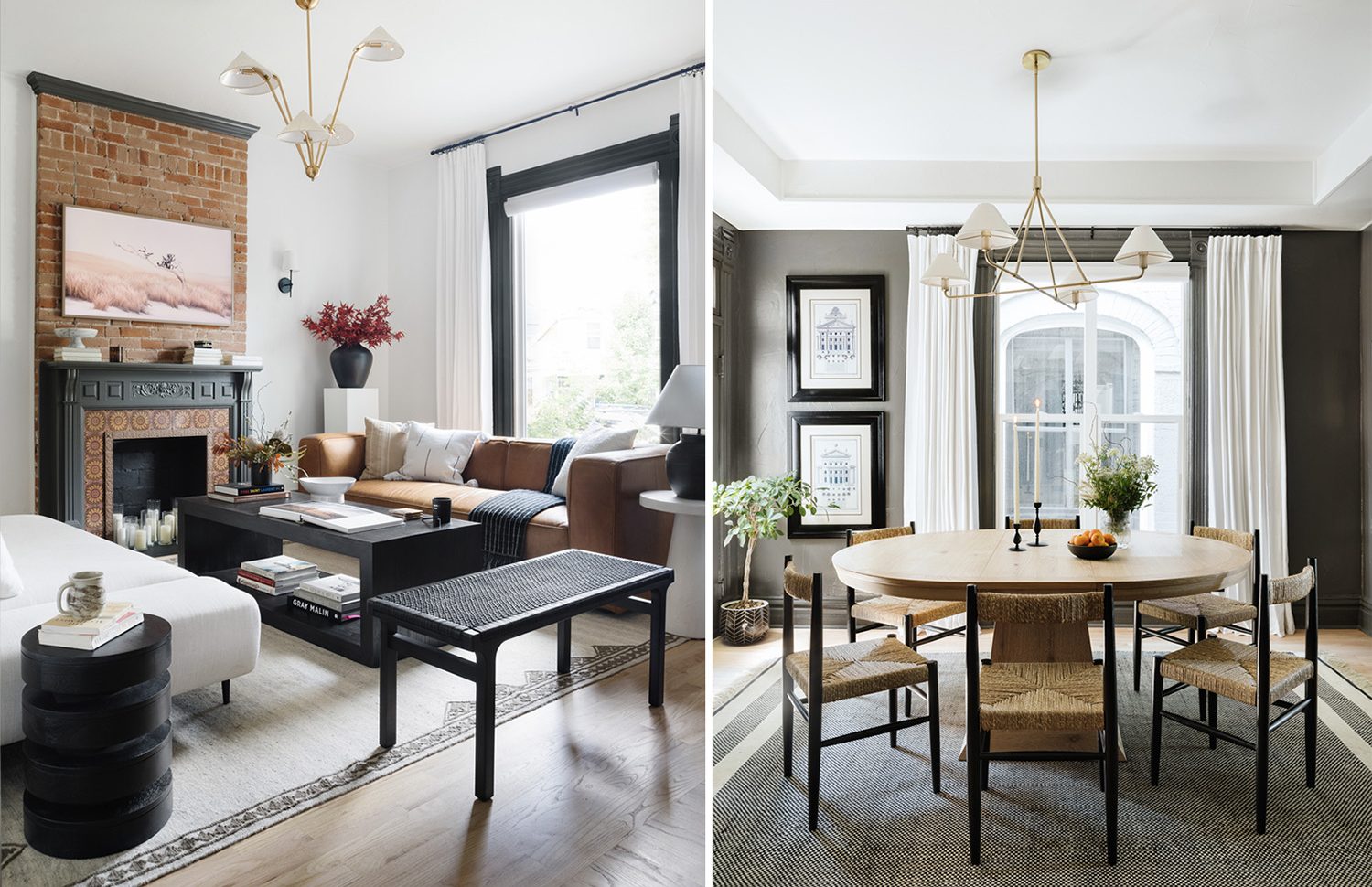
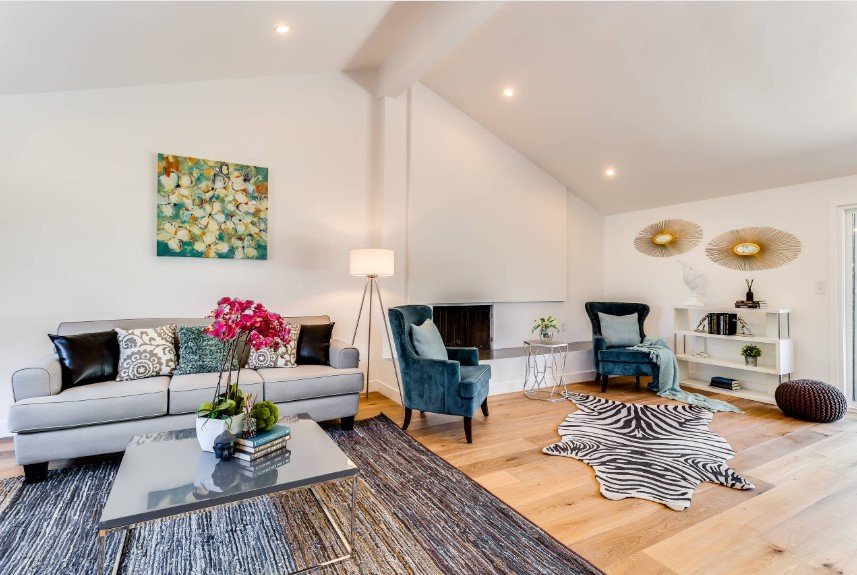





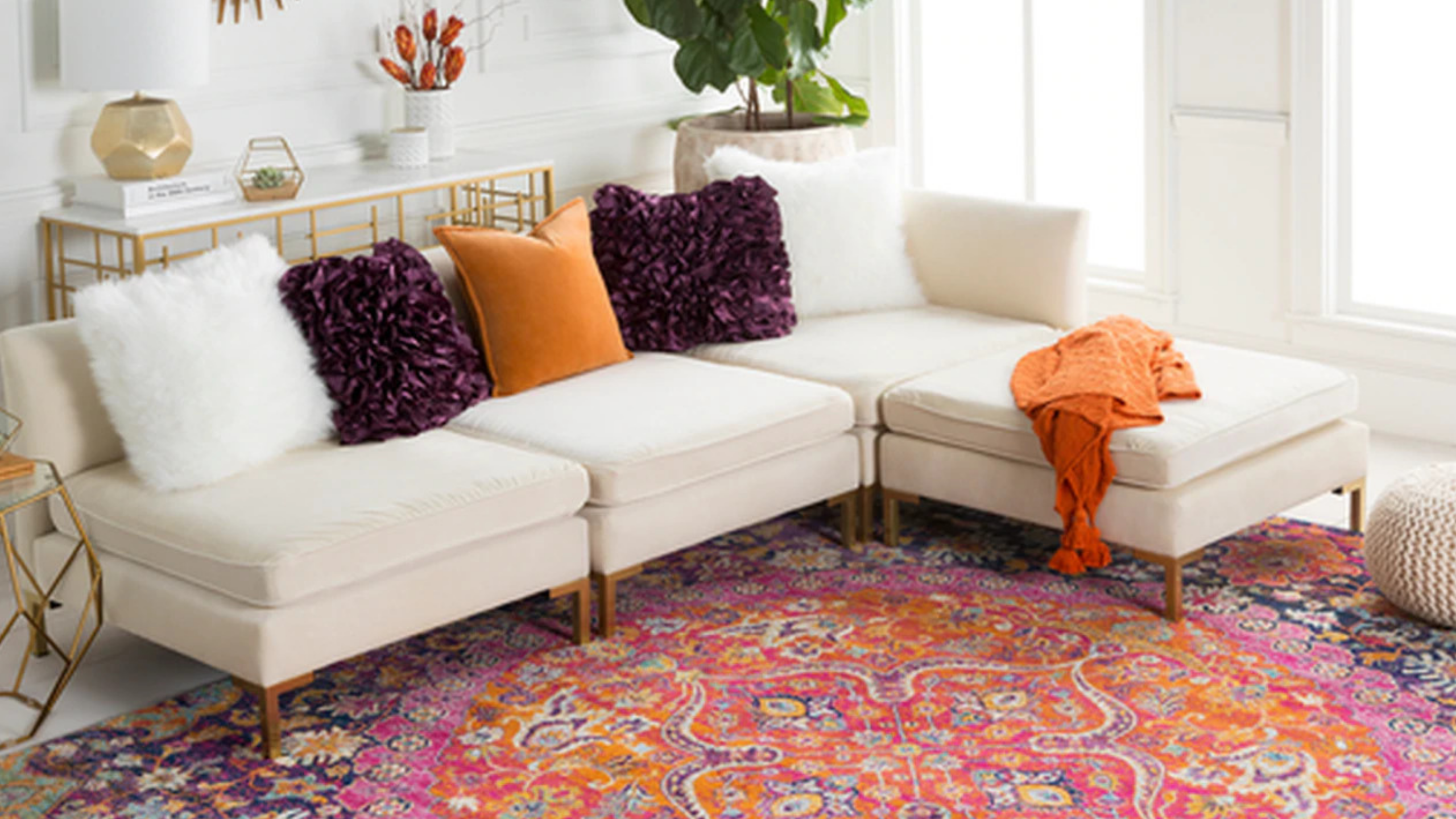
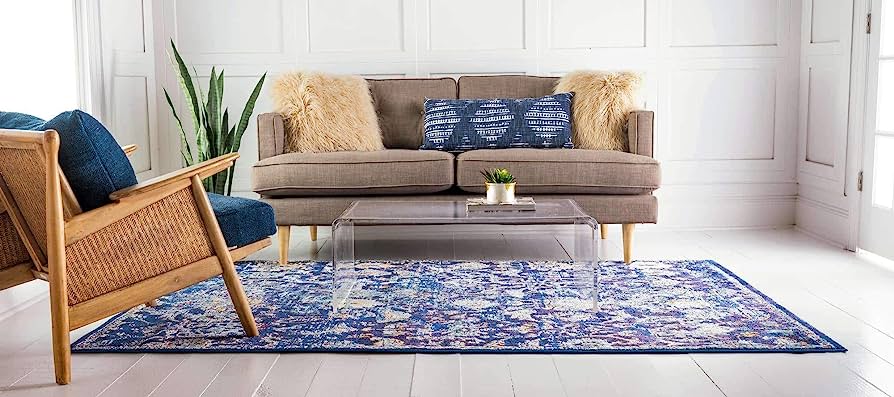






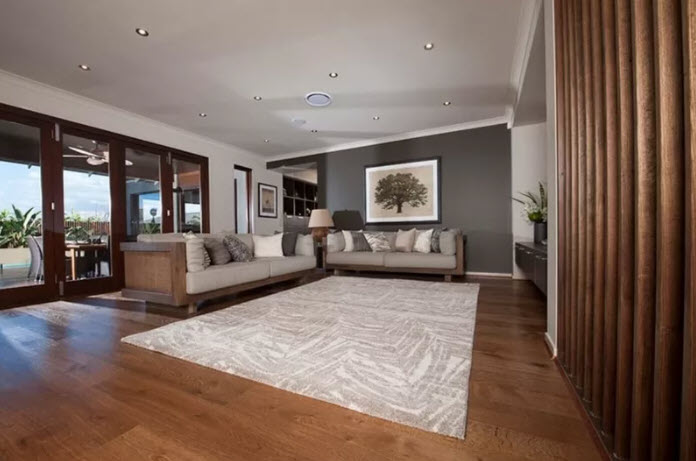










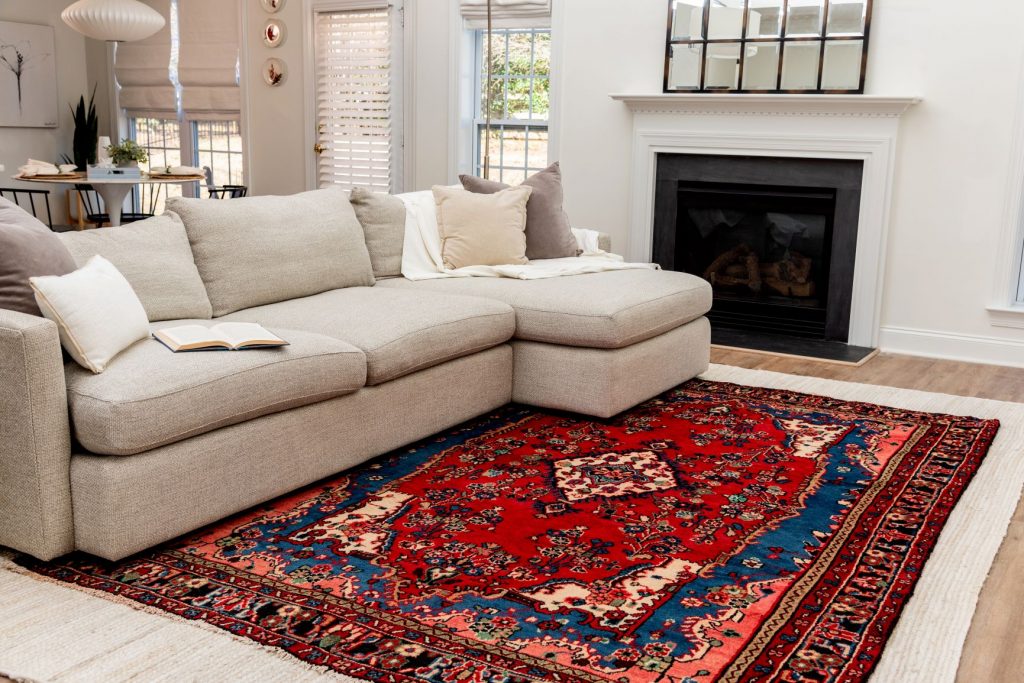
:max_bytes(150000):strip_icc()/things-to-think-about-when-layering-rugs-4092352-hero-29854f52ce2140608d27e9530a99eeb1.jpg)




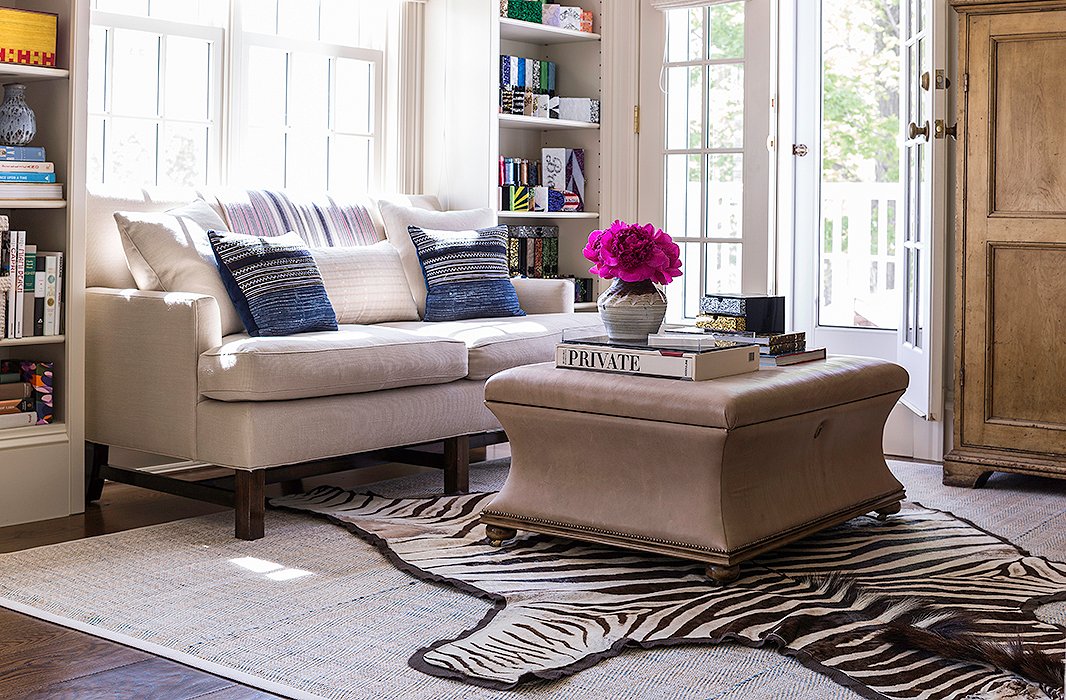




/AmyCooper-MarcellaAlanAfter1-5bef478326874b728b526bac19649802.jpg)


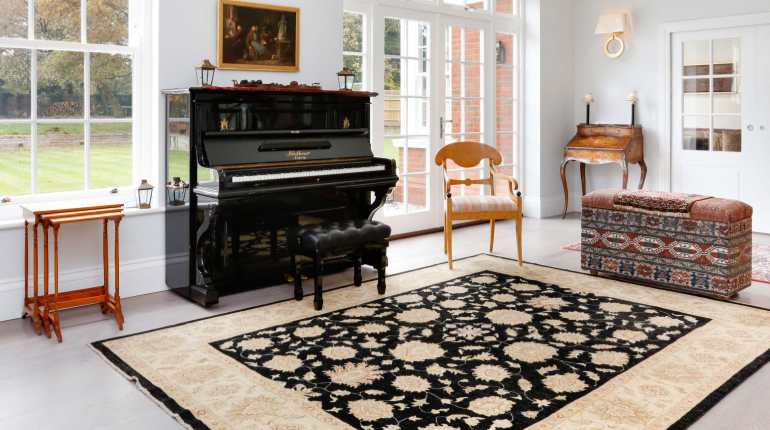









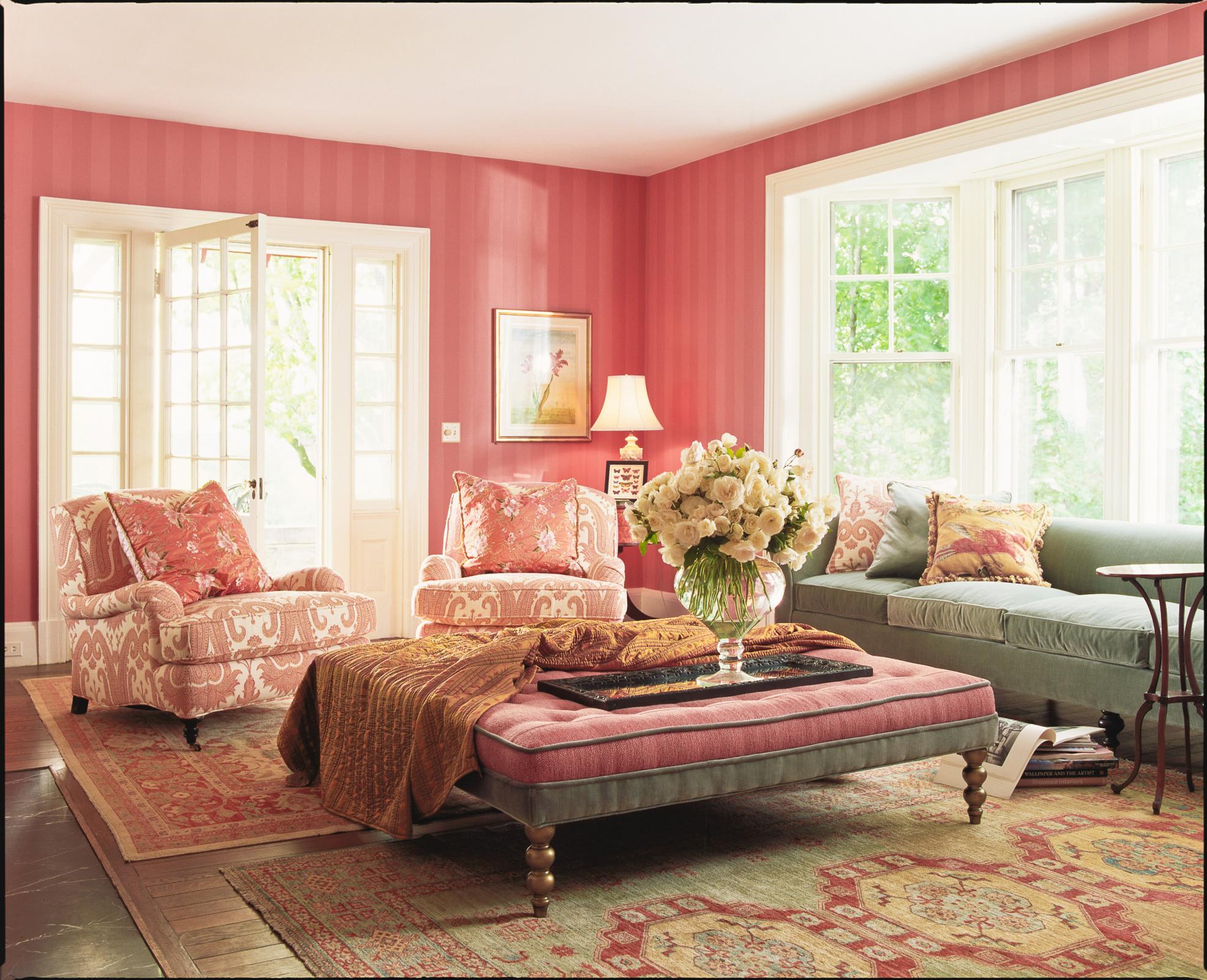





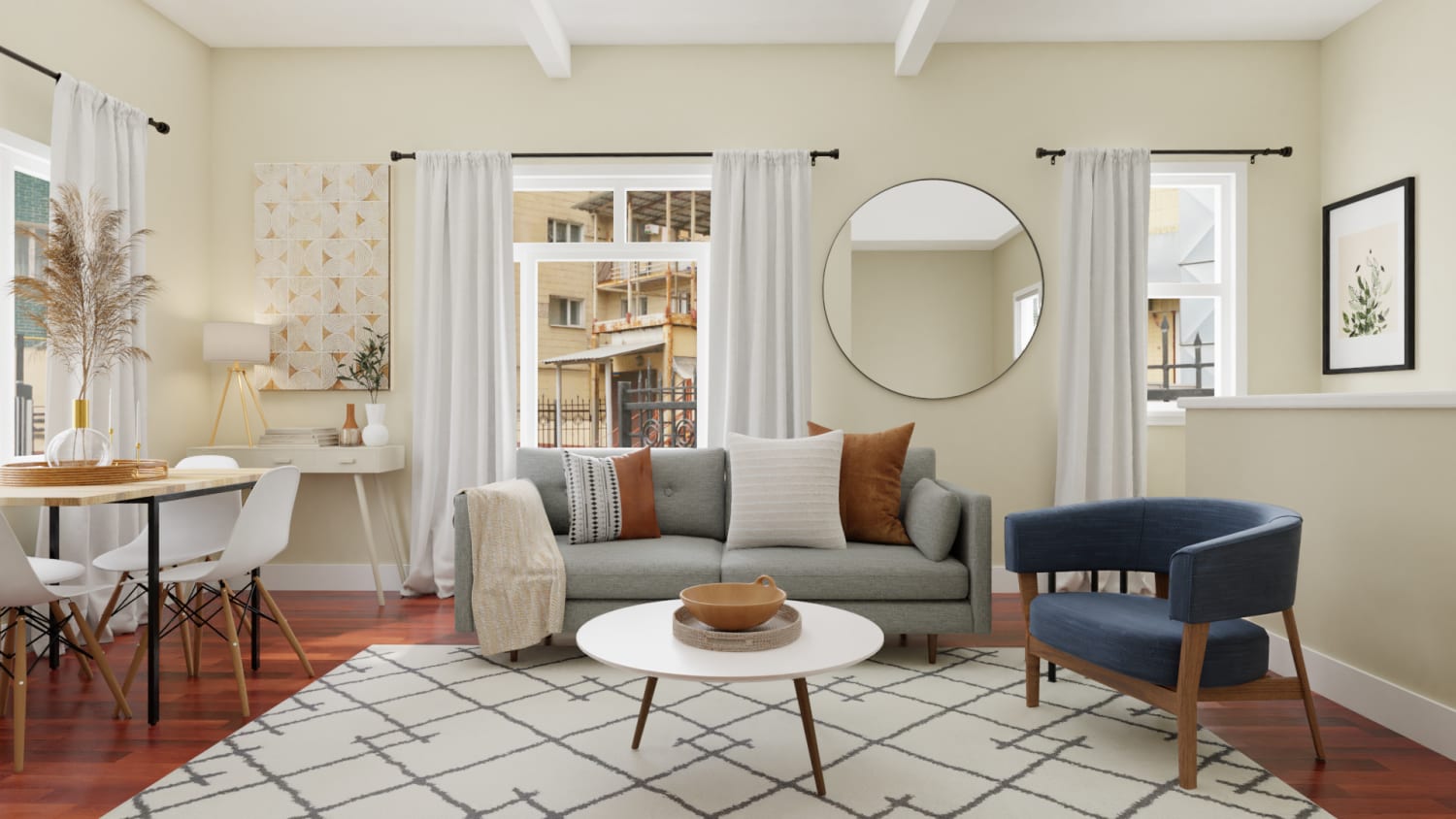

:max_bytes(150000):strip_icc()/MyDomaine_ColorPalette-Neutral-2-3590678b1c9143e28dd6b536f0a1e008.jpg)


